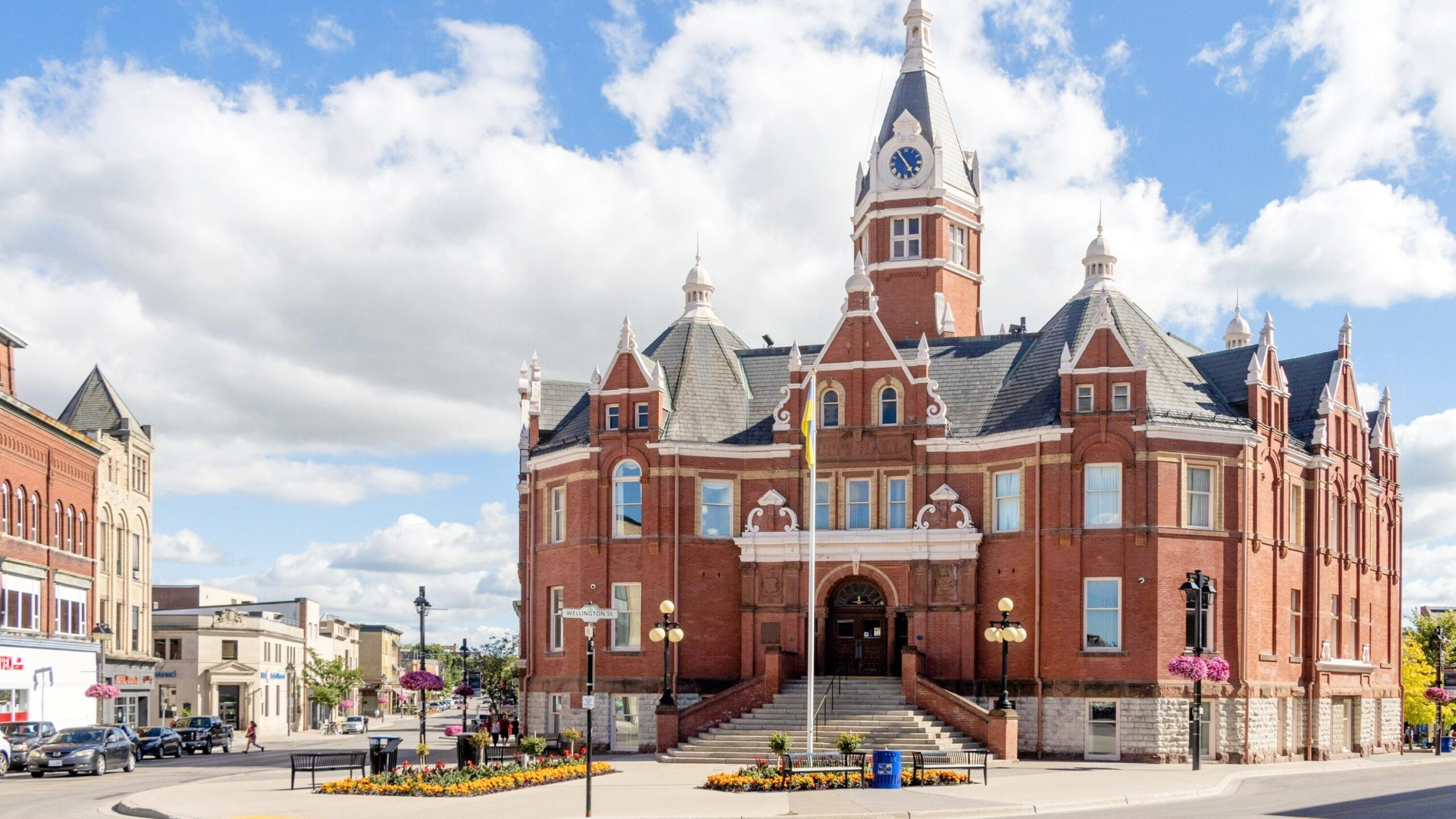Stratford, located in the heart of East London, has undergone a transformation in recent decades, evolving from a largely industrial area to a vibrant cultural hub. Famous for its historical significance, cultural landmarks, and modern developments, Stratford has become one of the most talked-about areas in London. This article explores the rich history, cultural evolution, and modern regeneration of Stratford, along with the key attractions and events that continue to define this remarkable area.
A Historical Overview
Stratford’s history stretches back centuries, with evidence of its settlement dating back to the Roman period. The name “Stratford” is believed to come from the Old English word straet meaning street, and ford meaning ford, referring to a Roman road and a fordable river crossing in the area. The area was originally a rural location, mainly consisting of farmland, and it remained relatively undisturbed until the Industrial Revolution.
In the 19th century, the opening of the Great Eastern Railway line in the 1830s marked the beginning of Stratford’s industrial development. The railway transformed Stratford into a bustling commercial center, leading to rapid urbanization. Factories and warehouses began to populate the area, and by the late 19th and early 20th centuries, Stratford was a focal point for the surrounding suburbs.
The early to mid-20th century saw the growth of manufacturing industries in the area, and Stratford became known for its factories and housing estates that were built to accommodate the growing working-class population. The district, however, was not without its challenges. Post-war industrial decline, economic stagnation, and the growth of impoverished neighborhoods led to a significant decline in Stratford’s once-thriving economy.
Regeneration and the London Olympics
Stratford’s fortunes changed dramatically in the 21st century, with a significant regeneration effort that reshaped the area. The catalyst for this transformation came with London’s successful bid to host the 2012 Summer Olympics. The Olympic Games, which were held in Stratford’s East End, brought unprecedented investment into the area, resulting in a complete overhaul of infrastructure, housing, and public spaces.
The construction of the Olympic Park, a sprawling 560-acre site that housed several Olympic venues, including the London Stadium (formerly known as the Olympic Stadium), was the centerpiece of this regeneration. After the Games, the Olympic Park was transformed into Queen Elizabeth Olympic Park, a public space with beautiful green areas, sports facilities, and cultural venues, such as the London Aquatics Centre and the Velodrome. The success of the London Olympics was closely tied to Stratford’s regeneration, and the area has continued to reap the benefits in the years following the event.
Along with the Olympic Park, Stratford saw the development of new residential communities, shopping centers, and office spaces. The Westfield Stratford City shopping center, one of Europe’s largest, opened in 2011 and brought a wealth of high-end retailers, restaurants, and entertainment options to the area. Stratford’s transportation network was also upgraded, with the opening of the new Stratford International Station and improved links to the Central and Jubilee lines of the London Underground, making it a more accessible and connected part of London.
Stratford Today: A Cultural and Creative Hub
Today, Stratford is a thriving district that blends its industrial past with its vibrant present. It is known for being a cultural, sporting, and creative hub, attracting residents, visitors, and businesses from all over the world.
One of the key attractions in Stratford is the Queen Elizabeth Olympic Park, which serves as a reminder of the area’s transformation for the 2012 Olympics. Visitors to the park can enjoy picturesque walking and cycling paths, lush gardens, and views of iconic landmarks such as the ArcelorMittal Orbit, the tallest sculpture in the UK, which offers panoramic views of the Olympic Park and the London skyline.
Stratford is also home to the Theatre Royal Stratford East, an iconic cultural institution that has been a part of the community since 1884. Known for its diverse range of performances and commitment to producing socially relevant and thought-provoking plays, the Theatre Royal is a staple of Stratford’s cultural scene. Additionally, the Stratford Picturehouse offers a more intimate movie-going experience, often showcasing independent films, documentaries, and foreign cinema.
In terms of arts and culture, Stratford is home to numerous galleries and creative spaces, such as the Here East digital hub, which houses a range of technology and creative industries. Stratford has become a center for creative professionals, particularly in the fields of media, technology, and design, drawing inspiration from the area’s rich industrial heritage and modern urban environment.
Educational and Research Institutions
Stratford is also home to a number of educational institutions, including the University of East London (UEL), whose campus in Stratford offers a range of undergraduate and postgraduate courses. UEL has played a role in fostering innovation, research, and talent in the area, contributing to the growth of Stratford as a center of education and creativity. Stratford also hosts the London Academy of Music and Dramatic Art (LAMDA), further establishing the district as a hotspot for aspiring artists and performers.
Moreover, the East London Science School and a number of primary and secondary schools in the area contribute to Stratford’s reputation as a district that prioritizes education and the development of young talent.
Stratford’s Green Spaces
Although Stratford is known for its urban and industrial character, it is also home to several beautiful green spaces that offer respite from the hustle and bustle of city life. Aside from the Queen Elizabeth Olympic Park, Stratford boasts the Hackney Marshes, one of the largest areas of common land in London, offering vast open fields for football, rugby, and other outdoor activities. There is also the picturesque Mabley Green, a park that offers playgrounds, sports facilities, and plenty of space for outdoor events.
The abundance of parks and green spaces in Stratford highlights the ongoing commitment to making the district more livable and sustainable. These spaces provide essential recreational areas for local residents, while also attracting visitors from across the capital who are seeking a peaceful retreat within the city.
Stratford’s Diversity and Community
Stratford is a melting pot of cultures and communities. Historically a working-class area, Stratford has seen waves of immigration from across the world, resulting in a dynamic and diverse population. Today, the area is home to a wide range of ethnic communities, with local markets, restaurants, and shops offering an array of international cuisine and cultural experiences. This diversity is reflected in the festivals and events that take place throughout the year, including the Stratford International Arts Festival, which celebrates the cultural vibrancy of the area.
Conclusion
Stratford has come a long way from its industrial roots, transforming into one of the most exciting and dynamic districts in London. Whether through its rich historical significance, its cultural institutions, or its modern regeneration, Stratford has something to offer everyone. The area’s blend of history, culture, and modernity makes it one of the most interesting parts of East London, and its continued development promises an exciting future. Whether you’re a visitor or a local, Stratford is a place where you can truly experience the heartbeat of London’s transformation.

